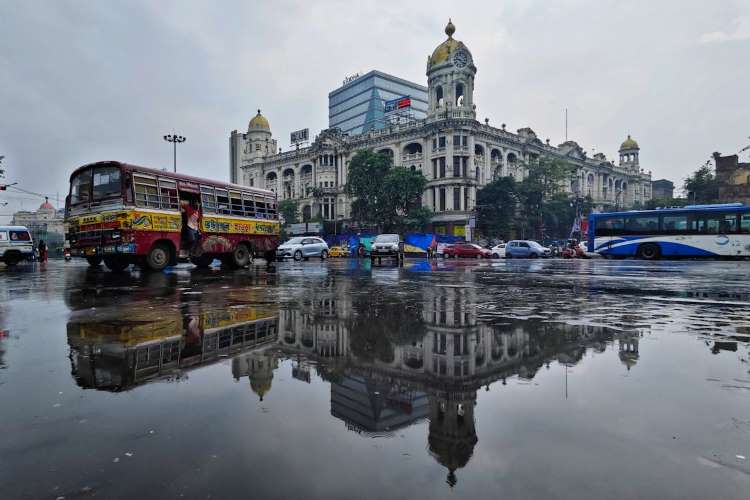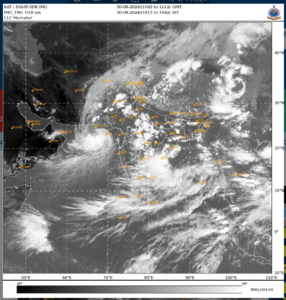
The 2024 Southwest monsoon season, which typically spans from June to September, has proven to be one of the most intense and unusual in recorded history. Several distinct weather phenomena and a combination of atmospheric factors have contributed to this season’s extreme rainfall patterns, resulting in both beneficial and detrimental impacts on agriculture, economy, and the environment.
The monsoon season is likely to extend into late September due to the development of a low-pressure system in mid-September. According to the India Meteorological Department (IMD), this system is expected to delay the withdrawal of the monsoon, leading to above-normal rainfall. While this extended monsoon may benefit the planting of winter-sown crops such as wheat, rapeseed, and chickpea by enhancing soil moisture, it poses a significant risk to summer-sown crops like rice, cotton, soybean, corn, and pulses. These crops, typically harvested from mid-September, are vulnerable to damage from excessive rainfall, potentially leading to food inflation.
READ I Air quality stripes show govt action makes a difference
Impact on agriculture
India, being the world’s second-largest producer of wheat, sugar, and rice, has already imposed various curbs on the export of these commodities. Any crop losses due to excessive rainfall could prompt further restrictions, exacerbating global food supply concerns. Notably, the government has allowed sugar mills to use cane juice or syrup for ethanol production in the new marketing year starting November 1, a move likely influenced by the uncertainty surrounding sugarcane yields due to monsoon variability.

The 2024 monsoon season has also witnessed the formation of Cyclone Asna, an unusual event given its timing and location. This is the first cyclone to form in August in the North Indian Ocean (NIO) region since 1981 and the first in the Arabian Sea since 1976. The cyclone originated from a deep depression over Gujarat, which intensified over the Arabian Sea. This rare occurrence is attributed to an unusual monsoon wind system, characterised by strong easterly winds and a significant monsoonal event known as the Boreal Summer Intra-seasonal Oscillation (BSISO).
These factors combined to create a conducive environment for the formation of low-pressure systems (LPS) and their intensification into a cyclone. The deep depression over Gujarat led to exceptionally heavy rainfall and subsequent flooding, particularly in the dry regions of Saurashtra and Kutch, which saw a drastic increase in rainfall percentages over a few days.
Changing monsoon patterns
The 2024 monsoon has been marked by both high overall rainfall and an increase in the number of rainy days across much of India. The rainfall for the June 1 to August 20 period ranks as the 22nd highest since 1901, with 83% of the country experiencing more rainy days than the long period average (LPA) for the 1971-2020 period. However, this increase in rainy days is primarily due to very light rainfall, which has increased across large areas of the country.
Interestingly, despite the increase in the number of rainy days, the intensity of rainfall has not uniformly increased. For instance, Delhi saw more rainy days than the LPA but fewer days with rainfall above very light intensity. This pattern suggests that while the frequency of rainy days has risen, the days of intense rain have become more intense than usual, contributing to the surplus rainfall and related disasters.
The 2024 Southwest Monsoon has been one of the most challenging and complex in recent history. The delayed withdrawal of the monsoon, driven by the development of a low-pressure system, is likely to have mixed effects on agriculture, potentially leading to both crop damage and benefits for winter-sown crops. The formation of Cyclone Asna, driven by unusual monsoon wind patterns, further underscores the volatility of this year’s monsoon season.
The increase in the number of rainy days, coupled with the occurrence of intense rainfall, highlights the variability and unpredictability of the monsoon, which has significant implications for India’s agriculture, economy, and disaster management efforts. As the season progresses, continuous monitoring and adaptive measures will be crucial to mitigate the adverse impacts of this prolonged and intense monsoon.
